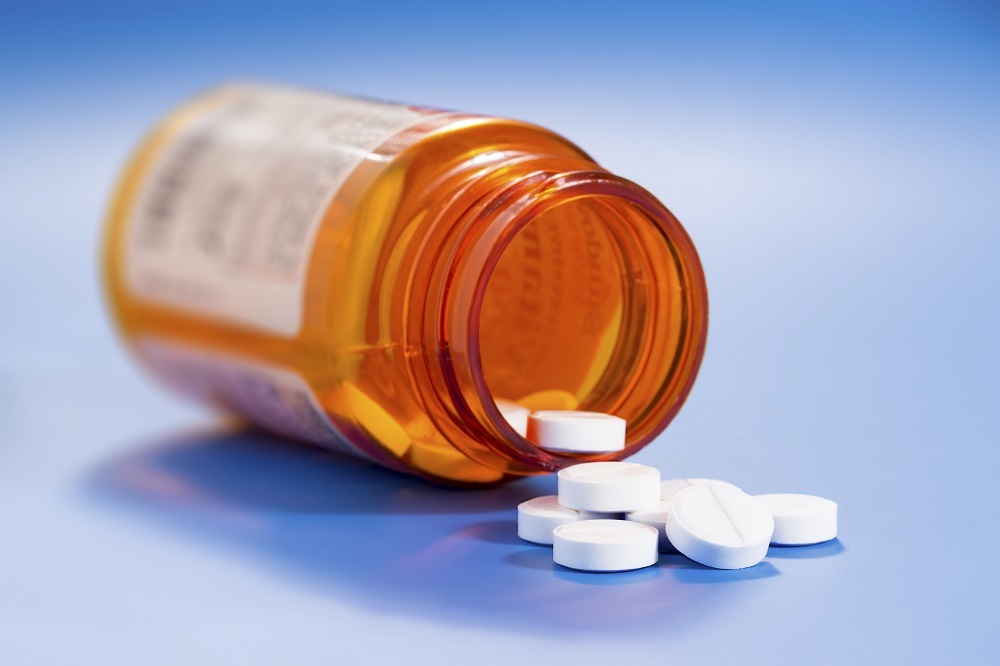By Amanda Combs, recall consultant
Over the past few years, several drugmakers have had to recall blood pressure medications due to the presence of excess levels of nitrosamine. It’s happening again.
Two major pharmaceutical companies have issued voluntary recalls of several tablet medications after routine testing found unacceptable levels of a specific carcinogen known as NMOA, or Nitroso-Orphenadrine.
Although trace amounts of nitrosamines can be found in the air, drinking water, dairy products, vegetables, and cured and grilled meats, the presence of it above the Acceptable Daily Intake (ADI) level can cause cancer after long-term, high-level exposure. Over the past 18 months, higher than acceptable levels of potentially cancer-causing carcinogens have forced similar product recalls. As we noted in our blog earlier this year, consumer product companies just months ago removed millions of aerosol products contaminated with high levels of benzene.
Latest findings on nitrosamine
More recently, a total of 24 lots of tablets were recalled by its manufacturers. All lots showed potentially hazardous nitrosamine levels beyond the acceptable intake limit of 26.5 ng/day. Pharmaceutical companies are urging wholesalers and distributors with any of the products to stop using and distributing them, and immediately quarantine the medication.
The U.S. Food and Drug Administration (FDA) has previously addressed nitrosamine contamination in pharmaceutical products. In February 2021, the FDA updated its industry guidance, Control of Nitrosamine Impurities in Human Drugs. The guidance was released to help ensure the safety of the U.S. drug supply by recommending steps manufacturers of active pharmaceuticals ingredients (API) and drug products should take to detect and prevent high levels of nitrosamine impurities in pharmaceutical products.
FDA recommendations
The FDA has come up with a three-step mitigation strategy with specific time frames for completion of nitrosamine mitigation activities by drug manufacturers:
- Risk assessment
- Confirmatory testing if risks are identified
- Reporting changes implemented to prevent or reduce the presence of nitrosamine impurities in drug products in approved and pending new drug applications (NDAs) and abbreviated new drug applications (ANDAs).
Manufacturers who know or suspect their products contain even a small dose of this active pharmaceutical ingredient should professionally test their lots to make sure levels aren’t above the acceptable intake limit.
Nitrosamine impurities can be introduced through the use of recovered solvents that are comingled from different processes or across manufacturing lines without control or monitoring. Because of this risk, and others, pharmaceutical companies should impose rigid quality control and check their processes to ensure their products are free of high levels of all impurities, especially nitrosamine. In addition, recall and crisis plans must be updated to address recalls and lawsuits that attract inevitable publicity.
Trusted by the world’s leading brands, Sedgwick has managed more than 5,000 of the most time-critical and sensitive product recalls in 60+ countries and 20+ languages, over 25 years. To find out more about our experience within the pharmaceutical industry and healthcare, visit our website.

